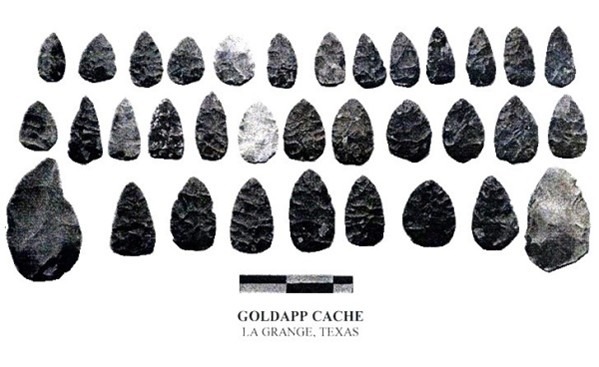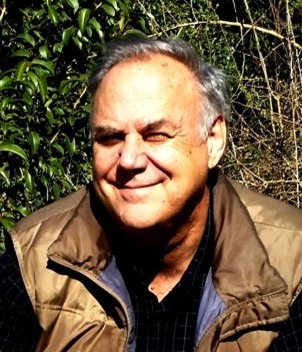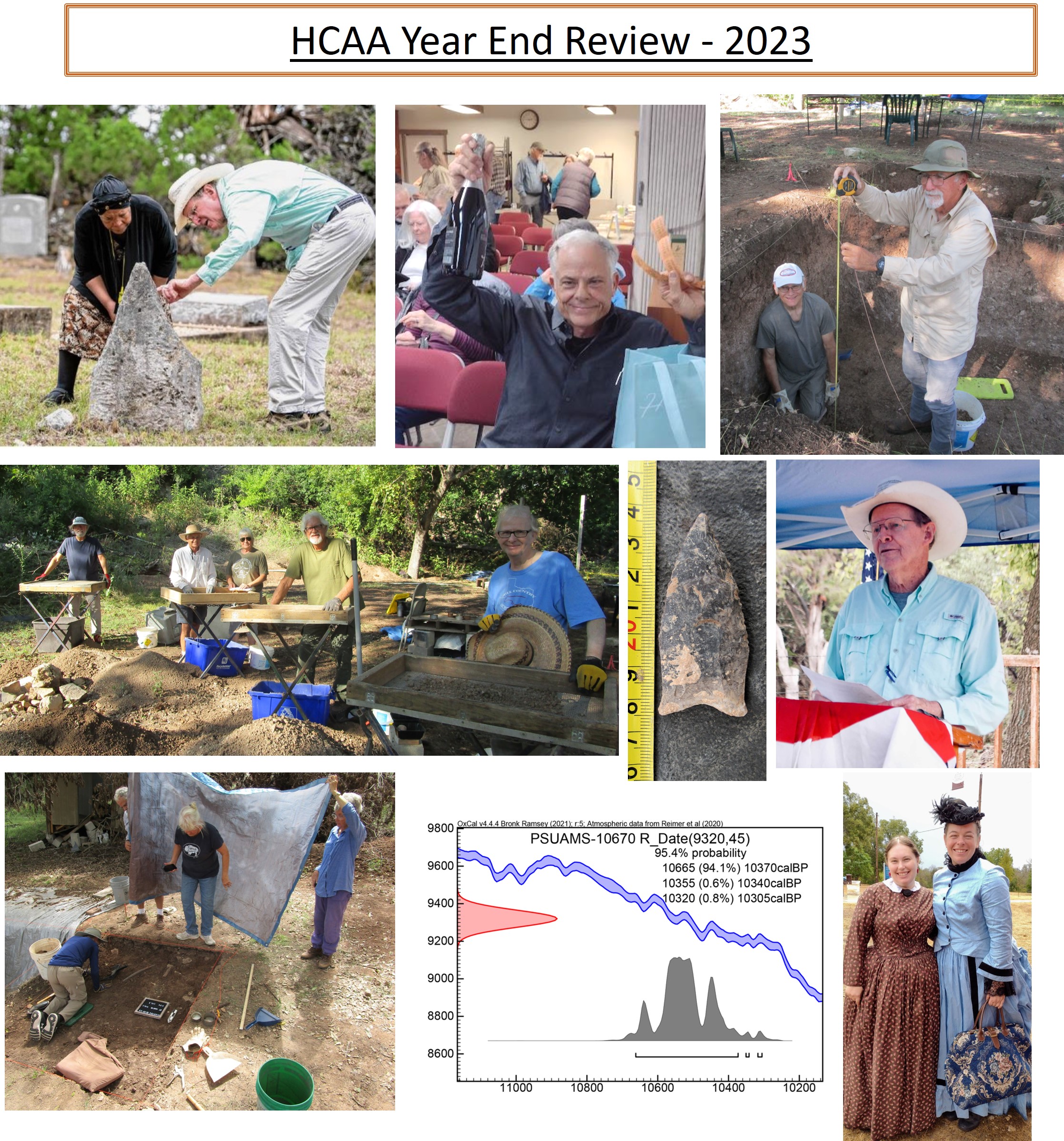Welcome to the Hill Country Archeological Association in Kerrville, Texas.
Who we are and what we do
The HCAA is a group of avocational and professional archeologists working together to study and preserve the Texas Hill Country’s prehistoric and historic heritage, and to educate the public about archeology.
The task of HCAA is to survey and record details about archeologically significant sites before they are lost, due to collecting, erosion, and the rapidly increasing development of the Texas Hill Country. To accomplish this, we cultivate public interest in the history and prehistory of this area.
Upcoming Events
An Archeological Opportunity in San Antonio!
The Alamo Heritage Society 2025 Symposium will be held in San Antonio on March 7th at the Menger Hotel from 10 a.m. to 3 p.m. It will include a presentation by noted authority Gregg Dimmick that finally reveals the actual number of casualties suffered by the Mexican Army at the Battle of the Alamo. Other presenters include Craig R. Covner and Stephen L. Hardin, PhD.
You do not have to be a member to attend the Symposium.
For more information, please get in touch with Rusty Busby at rustybusby@outlook.com or Glenn Effler at glenneffler@msn.com.
HCAA General Meeting
Riverside Nature Center
150 Francisco Lemos
Kerrville, TX
Saturday, March 15, 20025
Doors Open at 12:30 p.m.
Member Meeting at 1:00 p.m.
Followed by Presentation
Free and open to the public!
By: Christopher Lintz
Stone Tool Cache Diversity Across the Southern Plains.
Caches are collections of diverse or similar materials collected and hidden with the intent of future retrieval and reuse. Cached materials can include such things as clusters of ceramic vessels, piles of hidden food reserved (e.g., meat reserved during winter, grains for food and next-season planting), collections of bones for making sewing and horticultural implements, mussel shells and gemstones for jewelry, and chipped and ground stone tools.
Caches are often considered to be rare discoveries on archeological sites. Still, a macro-scale analysis study reported more than 350 chipped stone caches from Kansas, Oklahoma, and Texas. Stashed piles of raw materials in distant areas, as well as “tool kit” and “tool chest” caches, represent a wide range of activities from stocking materials for trade partners, to loading distant chert-poor regions with future chert reserves, to “gearing up” for specific anticipated task activities, and even procuring broken implements from older sites to fulfill tasks or assemble imitation tool chests for teaching purposes. Interpreting a diverse range of activities represented by caches requires that people observe and report detailed information about cache contents. Simply calling a pile of implements found together “a cache” does not indicate the activities underlying the accumulation of such materials. The main goal of archeology should be to identify human behaviors behind the archeological remains we discover.
Christopher Lintz Bio: Christopher Lintz began his paid work on archeological projects during high school summers in 1963. He earned his B.A. in Anthropology from Arizona State University (1970) and M.A. (1975) and Ph.D. (1984) degrees in Anthropology from the University of Oklahoma. He has conducted/directed cultural resource management archaeology projects in 17 States and Puerto Rico over a 36-year career for various university and private consulting firms. In 2006, he became the first full-time Cultural Resource Specialist for the Wildlife Division of Texas Parks and Wildlife Department, where he managed cultural resources at 51 Wildlife Management Areas across 1,200 square miles of Texas and coordinated cultural consultation for federally funded habitat restoration projects on private lands. He formally retired in 2016 and is currently a Research Associate at the Center for Archaeological Studies at Texas State University in San Marcos.
Since 1970, his geographical research interests have focused on the southern High Plains, emphasizing ecological anthropology involving paleo-environmental reconstruction, human adaptation, settlement/subsistence patterns, architectural and community patterns, and regional interaction and exchange. He is also interested in technological trends in chert resource extraction tool manufacture and ceramic technology across the Southern Plains region with adjacent areas, especially during the Late Prehistoric Period 500 to 800 years ago. He has published over 370 reports, articles, and book chapters on various projects and research topics.
He has served as an officer or member of advisory and steering committees for the Plains Anthropological Society, the Texas Archaeological Society, the Oklahoma Anthropological Society, and the Texas Historical Commission. He is a Steward of the Texas Historical Commission. Several of his projects have been recognized with Merit in Archaeology Awards by the Texas Historical Commission. He has received a Lifetime Achievement Award from the Panhandle Archaeological Society, the Lifetime Membership Award from the Hill Country Archeological Society, was recognized as a Fellow by the Texas Archaeological Society, and the recipient of the Distinguished Service Award from the Plains Anthropological Society.


HCAA News
A Review of HCAA Activities in 2023, Presented by the HCAA Board of Directors
The year 2023 brought much success and progress for the Hill Country Archeological Association. In pursuing HCAA's Education, Research, and Conservation mission, we were active on many fronts.
We have put together this review to inform everyone about many of our interesting and exciting successes this year. We hope you enjoy our report. Click here or on the image on the right to open and download the report (PDF format).
As always, we welcome your feedback at connect@hcarcheology.org.


